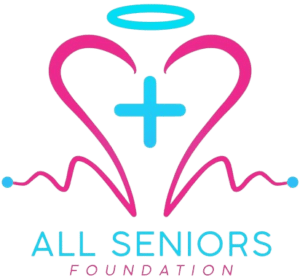Dermatology and skin care services: Senior citizens may seek the assistance of a dermatologist for a variety of reasons, as aging skin is prone to several issues due to changes in texture, elasticity, and overall health. Here’s a detailed explanation covering why senior citizens might need to see a dermatologist, symptoms of common skin issues, dermatology treatments, and the benefits of free dermatological services.
Book an Appointment
Reasons for Seeing a Dermatologist
- Skin Cancer Screening: With age, the risk of skin cancer increases. Regular screenings for skin cancer can help in early detection and treatment, which significantly improves outcomes.
- Age Spots and Sun Damage: Years of sun exposure can lead to age spots, precancerous skin growths, and other sun-induced damage.
- Chronic Skin Conditions: Conditions like psoriasis, eczema, and rosacea may persist or even start in senior years.
- Skin Infections: Aging skin is more susceptible to infections due to a weakened immune system.
- Varicose Veins: These are common with age and can be treated for both health and cosmetic reasons.
- Dry Skin and Itching: Changes in skin’s ability to retain moisture can lead to dryness and itching, which can be severe.
- Wound Healing: Older skin heals more slowly, increasing the risk of infections and complications from minor wounds.
Common Dermatology Treatments and Associated Symptoms/Issues
- Topical Medications for treating eczema, psoriasis, and precancerous spots (actinic keratosis). Symptoms include redness, itching, and flaky skin patches.
- Cryotherapy for removing warts, precancerous, and cancerous skin lesions. Visible signs include abnormal skin growths or spots.
- Laser Therapy for age spots, sun damage, and certain skin cancers. Symptoms include discoloration and rough skin patches.
- Photodynamic Therapy (PDT) for treating precancerous skin lesions and sun damage. Indicated by rough, scaly patches on sun-exposed areas.
- Biopsies for diagnosing skin cancers and other skin conditions. Necessary when there are unexplained changes in skin appearance.
- Moisturizers and Prescription Emollients for dry skin and dermatitis, addressing itching, redness, and dry patches.
- Sclerotherapy or Laser Treatments for varicose veins, shown by swollen, twisted veins often painful or uncomfortable.
- Antifungal and Antibacterial Treatments for skin infections, which can present as redness, swelling, and sometimes pain.
- Skin Surgery for removing skin cancers, cysts, and other growths. Indicated by suspicious new growths or changes in existing moles.
- Chemical Peels for improving the appearance of sun-damaged skin, age spots, and fine lines. Symptoms include uneven skin tone and texture.
Cost Savings and Health Outcomes Benefit of Free Dermatology Services
Cost Savings: Dermatological treatments can be expensive, especially for seniors living on fixed incomes. Free services alleviate the financial burden associated with consultations, diagnostic procedures, treatments, and follow-up care.
Health Outcomes: Early detection and treatment of skin conditions like cancer can dramatically improve survival rates. For chronic conditions like eczema or psoriasis, ongoing management can greatly enhance the quality of life. Free services ensure that seniors have access to these necessary interventions without the stress of financial strain, leading to better overall health outcomes and potentially reducing the need for more invasive and costly treatments down the line.
Offering free dermatology services to seniors, especially through initiatives like the All Seniors Foundation in Los Angeles, represents a significant step towards equitable healthcare. It not only helps in managing and treating skin conditions effectively but also plays a crucial role in preventive care, ensuring healthier, happier lives for the elderly population.

